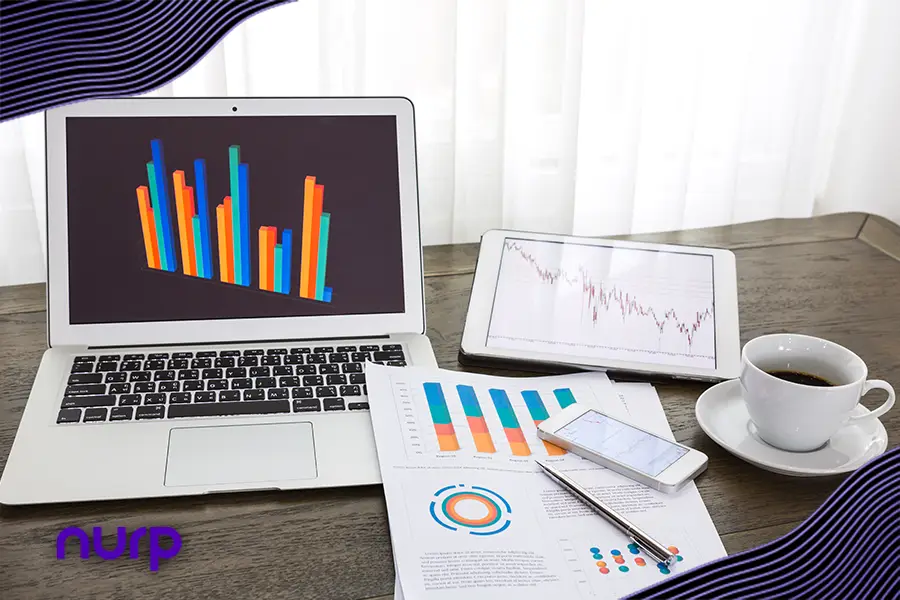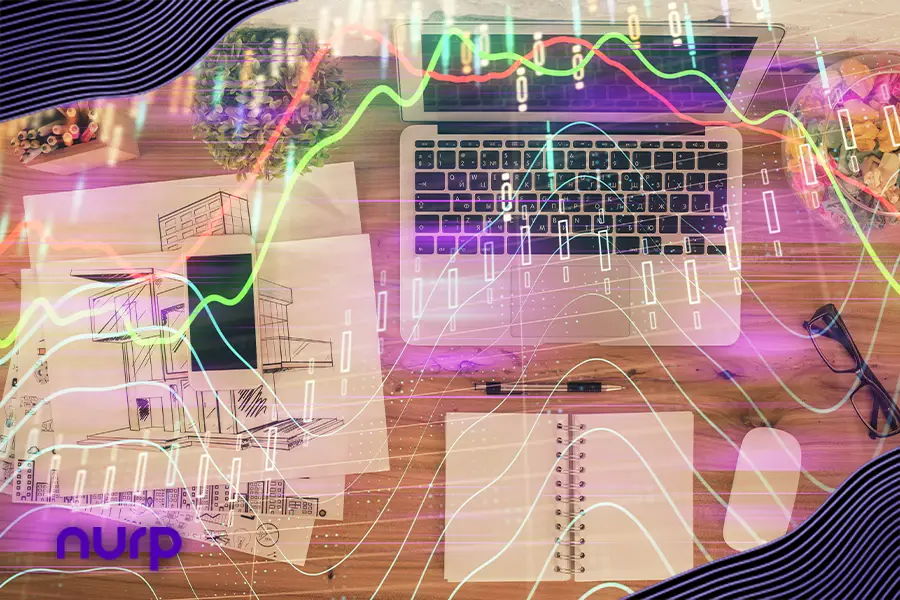Key Takeaways
Quantitative trading uses advanced algorithms to quickly and accurately process large datasets, surpassing human capabilities.
By employing mathematical models, quant trading minimizes emotional biases, enhancing decision consistency.
Quant trading includes various strategies like high-frequency trading and statistical arbitrage, each targeting different market inefficiencies.
Introduction
Quantitative trading is a sophisticated financial strategy that leverages mathematical models and algorithms to make trading decisions. By utilizing statistical analysis, quantitative traders aim to predict market movements and capitalize on them with high efficiency and speed. This cutting-edge approach to trading is reshaping the investment landscape, making it essential for both novices and seasoned traders to understand its fundamentals.
Read More: Quant Trading: The Power of Data and Algorithms
The Essence of Quantitative Trading
Quantitative trading involves developing and implementing complex algorithms that analyze large datasets to identify profitable trading opportunities. These algorithms are designed by quant traders who combine expertise in mathematics, statistics, and computer science. One of the main advantages of quantitative trading is its ability to process vast amounts of information far more quickly than a human trader. This speed and precision enable quants to exploit small price discrepancies in the market that exist for only fractions of a second. more consistent and objectively better results.
Tools and Technologies in Quant Trading
The backbone of any quantitative trading strategy is its technology. Quant traders utilize advanced computing systems that can perform complex mathematical calculations at incredible speeds. Programming languages like Python, R, and MATLAB are integral to creating the algorithms that drive these trading systems. Additionally, sophisticated data analysis tools and machine learning techniques play crucial roles in refining these models and enhancing their accuracy.
Quantitative Trading Strategies: An Overview
Quant trading strategies vary widely but can be broadly categorized into several types such as statistical arbitrage, algorithmic trading, and high-frequency trading (HFT). Each type involves different models and focuses on different aspects of the market. For instance, HFT exploits market inefficiencies and operates at extraordinarily high speeds to make numerous trades in seconds. In contrast, statistical arbitrage involves simultaneously buying and selling two related securities when their prices diverge in a way that provides a statistical edge.
Conclusion: The Future of Trading
Quantitative trading represents a pivotal shift in the way financial markets operate. It combines the precision of mathematical models with the processing power of computers to create a trading strategy that is fast, efficient, and less prone to human error. As technology advances, quantitative trading continues to evolve, offering ever more sophisticated tools and methods that promise to transform the financial markets.
The integration of artificial intelligence and machine learning is paving the way for even more complex and efficient trading algorithms. As these technologies become more accessible, the barrier to entry for aspiring quant traders is gradually being lowered, opening up a world of opportunities for tech-savvy investors. Regardless of the strategy used, traders should remember that trading is inherently risky and should only invest money they can afford to lose.
The post Introduction to Quantitative Trading: Navigating the World of Algorithms first appeared on Nurp.com.








